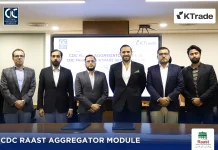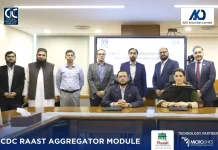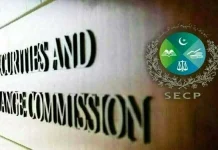PAKISTAN and the US unveiled a trade-and-investment accord on Thursday that links lower US tariffs on Pakistani exports to large-scale American participation in the country’s oil and gas reserves, which can potentially be Pakistan’s untapped shale and tight-gas frontier.
Although there is no clarity regarding the scope of investment, there has been a signal to jointly develop Pakistan’s massive oil and gas reserves, potentially shale and tight gas.
According to the US Energy Information Administration, the Indus Basin holds 105 trillion cubic feet of technically recoverable shale gas and nine billion barrels of shale oil, concentrated in formations such as the Cretaceous-age Sembar and Palaeocene Ranikot shales. By comparison, Pakistan’s remaining conventional gas reserves are barely 18 trillion cubic feet. Unlocking even a fraction of this could significantly reduce energy imports.
Although the specifics of the investment are unclear, initiating a healthy appraisal programme is necessary to get started. This programme may involve 50 wells or a similar number, requiring an investment capital of approximately $1.5 billion. Its success would potentially result in more investment. However, there are no clear details and any investment would potentially be contingent on longstanding issues in Pakistan’s energy sector, including circular debt
Pakistan has already learned how expensive shale can be. OGDCL’s KUC-1 pilot well near Hyderabad, drilled vertically and now slated for horizontal fracking, has cost $25 million to $30 million, five times the price of a US Permian well. However, as more wells are drilled, and production levels scale up, the cost would significantly reduce. The resource exists, but how it is extracted economically at scale is what matters, and this is where American expertise would be essential
If all goes well, and something actually happens and investment materialises, Pakistan would be able to reduce its import bill and start exploring shale and tight gas at scale. However, a lot more needs to be done on the policy front, and it remains to be seen what kind of investment package is offered, and how the policy framework evolves to facilitate the same.
The resource is there, and so is the demand – what matters now is how we work out the pricing and execution.
































